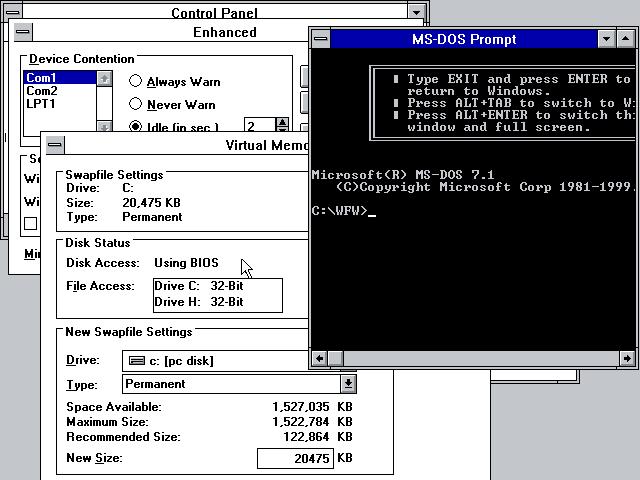CP/M Operating System
Intel had developed a new chip the 8088 that
worked using 8 bits. The OS developed by Intel was CP/M (Control
Program/Monitor) using a console command prompt.
 CP/M
became the industry standard also operating on Zilog Z80 chips used by ZX
Spectrum and Amstrad. The OS allowed programs such as WordStar (a word
processor), TurboPascal and Autocad to appear on the market. CP/M also allowed
for 5 ¼ floppy disc operation but this
was still not standardized, different manufacturers had different ideas. The computer
industry was about to launch into another dimension. Hobbyists were now able to
build their own computers using the Zilog chip and using CP/M they were able to
write their own programs in Basic, assembly or C
CP/M
became the industry standard also operating on Zilog Z80 chips used by ZX
Spectrum and Amstrad. The OS allowed programs such as WordStar (a word
processor), TurboPascal and Autocad to appear on the market. CP/M also allowed
for 5 ¼ floppy disc operation but this
was still not standardized, different manufacturers had different ideas. The computer
industry was about to launch into another dimension. Hobbyists were now able to
build their own computers using the Zilog chip and using CP/M they were able to
write their own programs in Basic, assembly or C
As 16 bit microprocessors began to be made IBM
was now looking for an operating system for its personal computer. CP/M was
then designed for 16 bit operation but IBM and Digital Research who now had the
rights to CP/M could not agree a deal. This left an opening that was taken up
by the small software firm Microsoft who assured IBM they had an OS that could
be used by their computer.
Microsoft obtained an OS called QDOS (Quick and
Dirty OS) from Seattle Computer Products, the original developer to write the
OS for the 16bit Intel chip. This OS was a clone of CP/M. this allowed IBM
Personal Computers to be sold with an operating system very quickly and allowed
for previously developed programs to be changed to run on 16 bit machines. This
operating system was then called MSdos as it allowed the full use of the floppy
disc (again taken from CP/M) for loading and storing programs and data.
Microsoft then upgraded the OS to have a GUI that was copied from Xerox who did
not see the full benefit of a user interface over the command prompt.

At the same time Apple was developing an
alternative OS to run on their computer.
Peter
Blog #4
No comments:
Post a Comment